What is business intelligence? Transforming data into business insights
CIO Business Intelligence
JANUARY 20, 2023
BI tools access and analyze data sets and present analytical findings in reports, summaries, dashboards, graphs, charts, and maps to provide users with detailed intelligence about the state of the business. Benefits of BI BI helps business decision-makers get the information they need to make informed decisions.



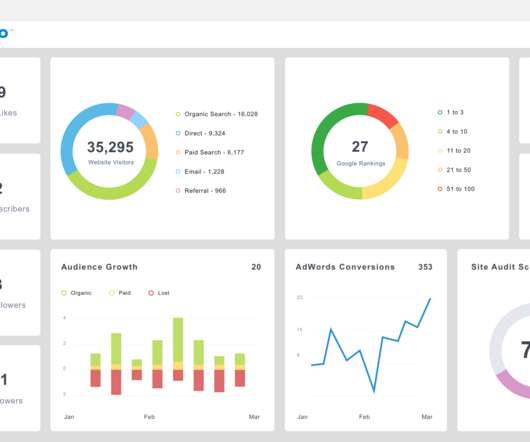

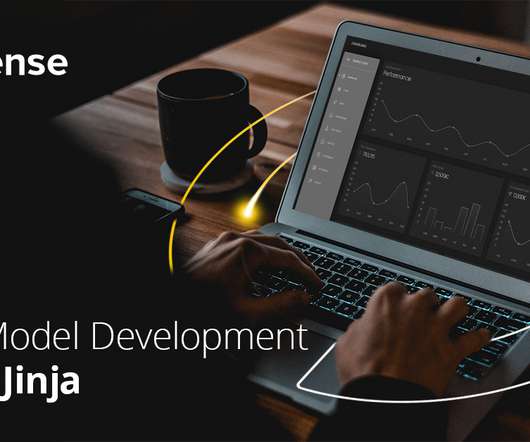
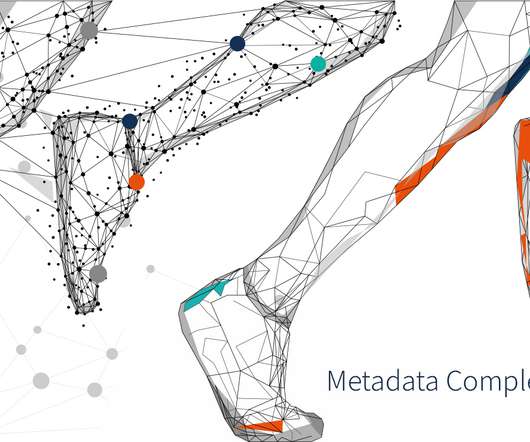
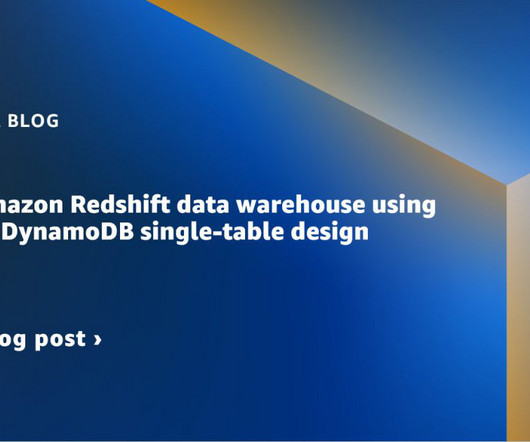

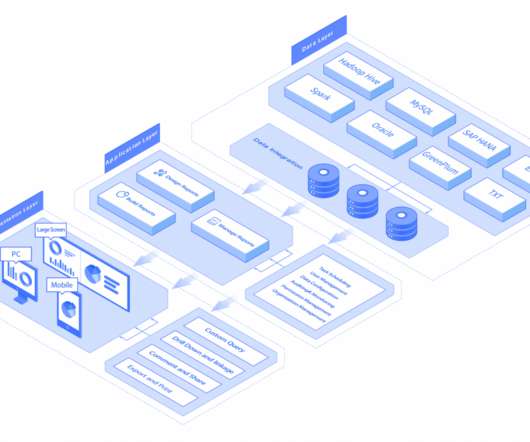
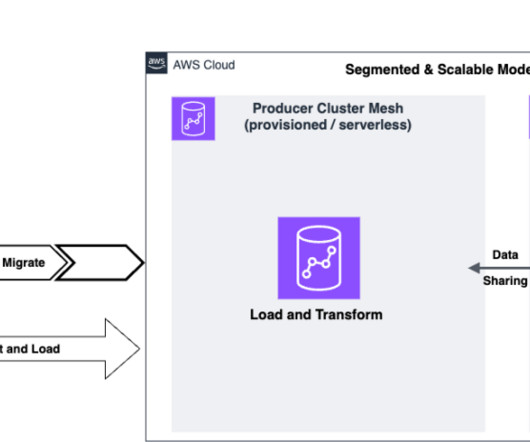

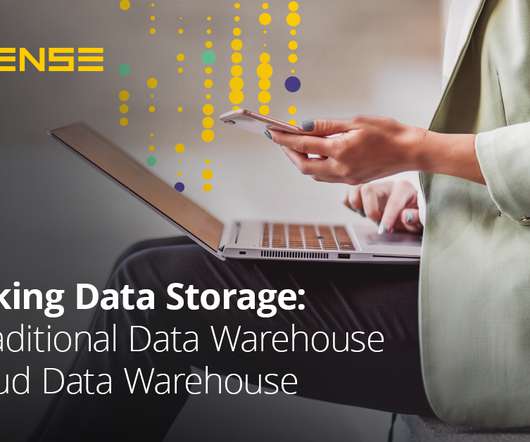
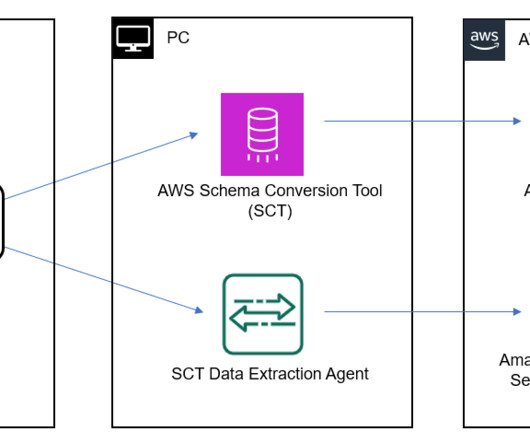


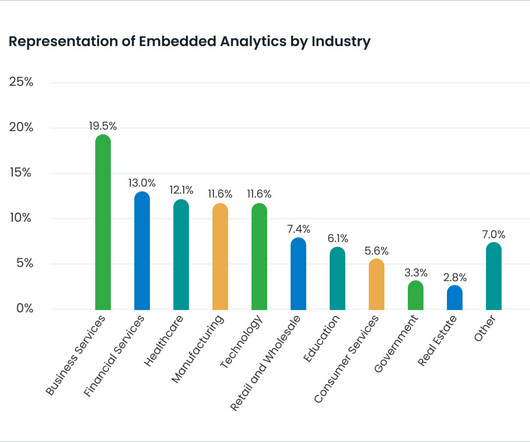








Let's personalize your content